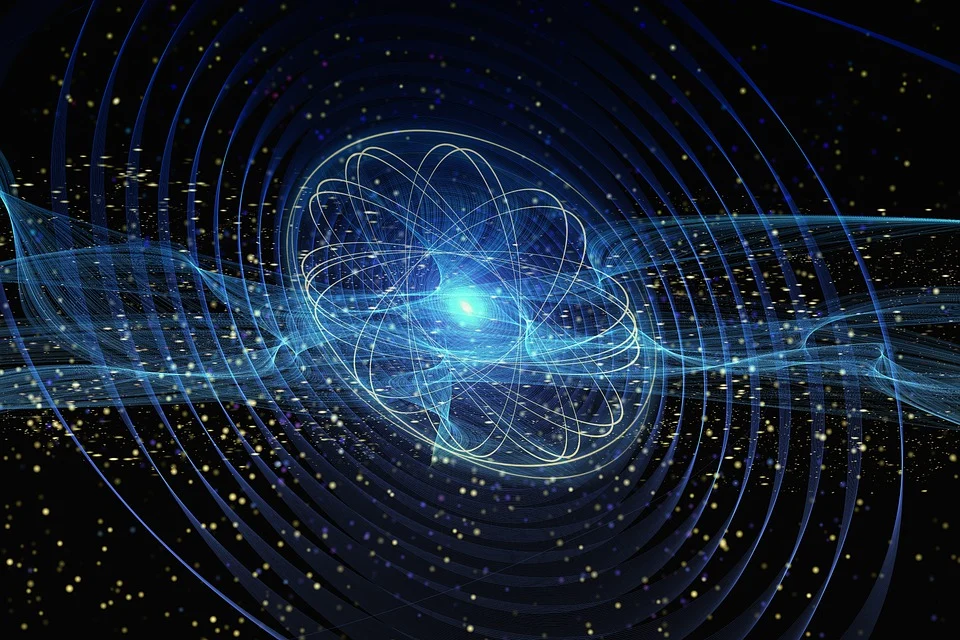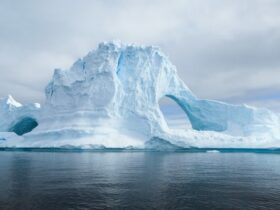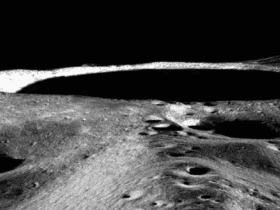On Earth, quasicrystals are only ever created under the most severe conditions. They need a very high-shock, high-temperature, and high-pressure event to occur. Only in extreme cases, like a nuclear blast, can we ever see such a phenomenon.
From common salt to the hardest diamonds, the atomic structure of most crystals follows the same pattern: a recurrent lattice arrangement in three dimensions. However, quasicrystals are an exception to this rule since their atomic arrangement does not follow a regular pattern.
Since producing quasicrystals requires harsh circumstances, a group of Italian scientists chose to investigate trinitite. They examined six tiny samples of red trinitite utilizing instruments including scanning electron microscopes but also X diffraction.
Eventually, one of the tests proved fruitful: a 20-sided granule composed of silicon, copper, calcium, plus iron featuring a 5-fold rotational symmetry that is unattainable in regular crystals. The incredible intricacy of this quasicrystal is breathtaking, yet no one has yet explained how it came to be.
An older manmade quasicrystal has been found, which raises the possibility of other natural routes for the production of quasicrystals. The study’s authors also noted that understanding illegal nuclear testing might contribute in reducing the spread of nuclear weapons. Other quasicrystals with useful thermodynamic characteristics for nuclear investigations may be uncovered via research into the minerals formed at some other nuclear experimentation locations.
We need a thorough knowledge of nuclear testing operations in other nations if we are to comprehend their nuclear arsenals. The radioactive signals we use to deduce the weapons’ construction methods and components eventually fade, however. Synthesis of a quasicrystal at the location of a nuclear explosion has the capacity to provide us with new kinds of knowledge, and it will persist indefinitely.













Leave a Reply